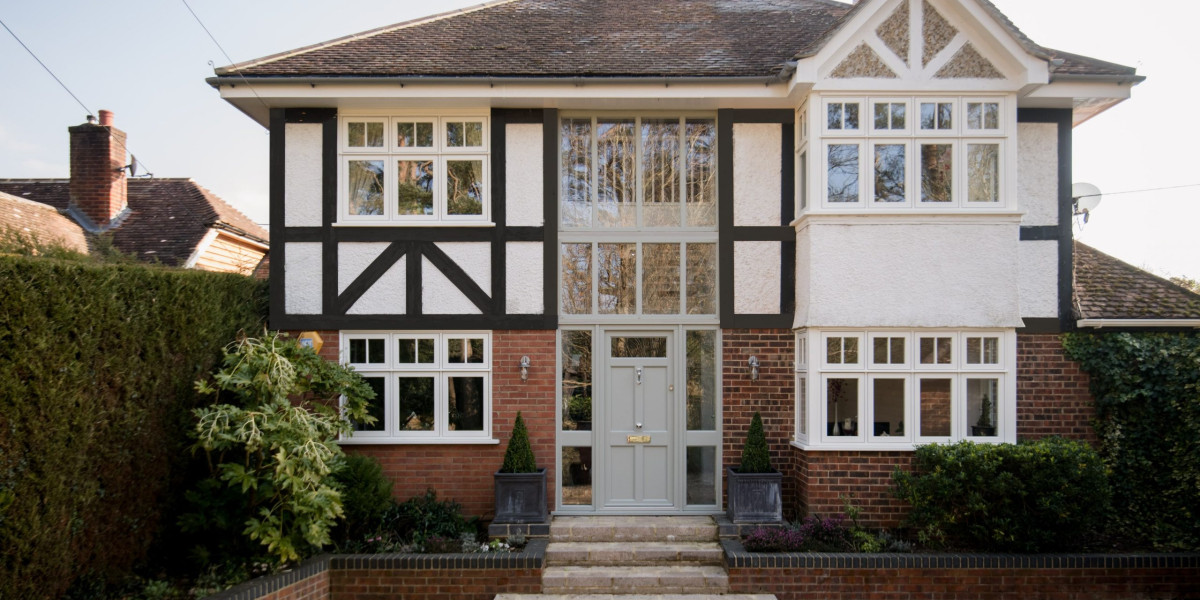In today’s competitive manufacturing landscape, speed and precision are everything. Before a product goes into mass production, companies must create prototypes to test design, functionality, and usability. Among various prototyping methods, CNC machining stands out as one of the fastest, most accurate, and most reliable solutions.
From aerospace to consumer electronics, industries rely on CNC machining for prototyping because it provides high-quality parts that mimic the final product. This article explores why CNC machining is an ideal choice for prototyping, its benefits, applications, and how it compares to other methods.
What is Prototyping in Manufacturing?
Prototyping is the process of creating a preliminary version of a product to evaluate its design, performance, and functionality. It helps engineers and businesses:
Detect design flaws early.
Validate material selection.
Improve usability and performance.
Reduce risks before large-scale production.
Without prototyping, businesses risk wasting time, money, and resources on defective final products.
Why CNC Machining is Ideal for Prototyping
CNC machining uses computer-controlled machines to shape raw materials into precise components. For prototyping, CNC machining offers a combination of speed, material flexibility, and accuracy that is difficult to match with other methods like 3D printing or manual machining.
Key Advantages:
Produces functional prototypes, not just visual models.
Works with a wide range of materials (metals, plastics, composites).
Delivers superior surface finishes and tight tolerances.
Ensures prototypes match the quality of final production parts.
Fast Turnaround Time
One of the biggest challenges in product development is speed. Businesses must move from design to prototype quickly to stay competitive.
Traditional machining requires multiple setups and manual adjustments, slowing down the process.
CNC machining, once programmed, can start cutting immediately and produce prototypes within hours or days, depending on complexity.
This fast turnaround allows companies to test and refine designs quickly, reducing overall time-to-market.
Accuracy and Precision in Prototyping
Prototypes must closely resemble the final product to provide reliable feedback. CNC machining delivers tight tolerances (as low as ±0.001 inches), ensuring every dimension is accurate.
For industries like medical devices or aerospace, even the slightest deviation can lead to product failure. CNC machining guarantees accuracy, allowing engineers to confidently validate their designs.
Material Versatility for Prototypes
Unlike 3D printing, which often relies on plastics or resins, CNC machining works with almost any material.
Common Materials Used:
Aluminum: Lightweight, strong, and easy to machine.
Stainless Steel: Durable and corrosion-resistant.
Titanium: Ideal for aerospace and medical prototypes.
Plastics (ABS, PEEK, Nylon): Affordable and versatile for functional testing.
This flexibility ensures that prototypes can be made with the same material intended for final production, providing realistic testing results.
Functional vs Visual Prototypes
Many prototyping methods, like 3D printing, are great for visual models, but they may lack strength for functional testing.
Visual Prototype: Used to showcase design and aesthetics.
Functional Prototype: Used to test strength, durability, and performance.
CNC machining excels at producing functional prototypes, allowing real-world testing of strength, heat resistance, and wear.
CNC Machining vs 3D Printing for Prototyping
While both CNC machining and 3D printing are popular prototyping methods, they serve different purposes.
| Feature | CNC Machining | 3D Printing |
|---|---|---|
| Material Options | Metals, Plastics, Composites | Mostly Plastics, Some Metals |
| Accuracy | Extremely High | Moderate |
| Surface Finish | Smooth & Professional | Rough, Often Needs Post-Processing |
| Strength | High (Functional Testing) | Lower (Visual Models) |
| Speed | Fast | Faster for Simple Parts |
For functional prototypes requiring durability and precision, CNC machining is the clear winner.
Applications of CNC Machining in Prototyping
CNC machining is used across industries for prototyping:
Aerospace: Testing lightweight yet strong components.
Medical Devices: Prototyping surgical instruments and implants.
Automotive: Creating engine parts and custom tools.
Electronics: Precision housings and enclosures.
Consumer Goods: Functional models for usability testing.
Cost Considerations in CNC Prototyping
While CNC machining may seem expensive due to machine and programming costs, it is actually cost-efficient in the long run:
Reduces costly design errors.
Prevents material waste with precise cutting.
Offers scalability—once a prototype is validated, mass production is seamless.
For businesses that value reliability and accuracy, the investment in CNC prototyping pays off.
The Future of CNC Machining for Prototyping
As industries move towards Industry 4.0, CNC machining is becoming even more powerful with:
AI integration for predictive design improvements.
Automation for faster turnaround times.
Hybrid manufacturing combining CNC with 3D printing.
These advancements will make prototyping faster, smarter, and more cost-efficient.
Conclusion
CNC machining has become the gold standard for prototyping, offering unmatched speed, accuracy, and versatility. Unlike other methods that provide only visual models, CNC machining delivers functional prototypes that replicate real-world performance.
From aerospace to medical devices, CNC prototypes ensure that final products meet the highest standards of safety, durability, and efficiency. For businesses seeking fast and accurate solutions, CNC machining remains the most reliable path from concept to reality.







